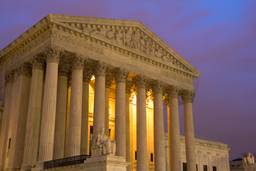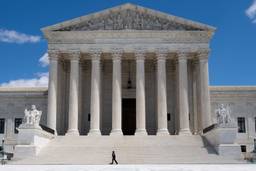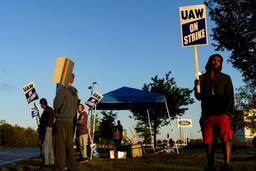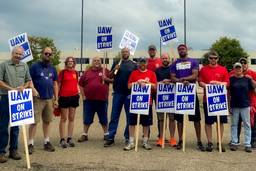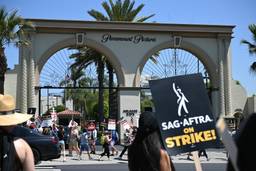Judge’s Ruling Re-Opens a Major Loophole that Allows Union Busters To Remain in the Shadows
Moshe Z. Marvit
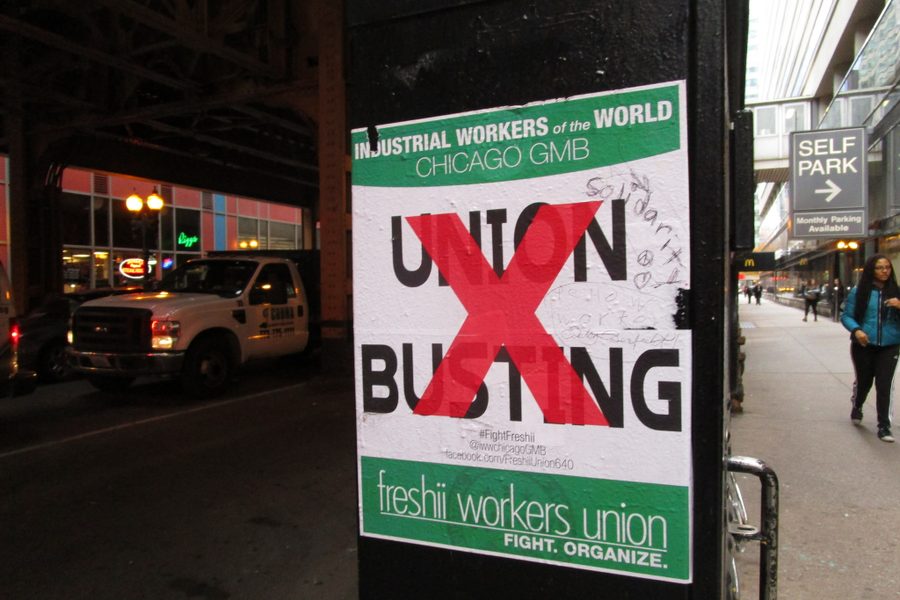
Earlier this year, the U.S. Department of Labor (DOL) passed the “persuader rule” that closed a major loophole, which has for decades allowed employers to hire attorneys and consultants to secretly assist them in what is politely referred to in the industry as “union avoidance.” The goal of this activity is to persuade and prevent workers from organizing unions.
The new rule did not try to make the consultants’ and attorneys’ practices illegal, or regulate the types of activities that employers and consultants could engage in; it was simply intended to provide transparency to workers who are the subject of a coordinated anti-union campaign. But last week, a Texas federal district court judge issued a nationwide injunction prohibiting the DOL from implementing the rule.
The persuader rule reinterpreted the “advice” exemption in Section 203© of the Labor-Management Reporting and Disclosure Act of 1959 (LMRDA), which had only required disclosure when employers hired outside consultants who directly communicated with employees. Under the previous interpretation of the exemption, the vast majority of employers who hire labor consultants — sometimes referred to as “union busters” — and the consultants they hire have been able to evade their filing requirements and remain in the shadows by having these consultants work behind the scenes.
As a result, the workers are never privy to who is coordinating the anti-union campaign or how much their employers are spending on it. It is estimated that employers in 71-87 percent of organizing drives hire one or more consultants, yet because of the massive loophole in the law, only 387 agreements were filed by employers and consultants.
The LMRDA was passed to deal with the persistent problem of employers’ interference with workers’ rights to organize. A 1980 Congressional Sub-Committee Report described the long history of employers using
outside assistance to combat union organizing efforts since well before federal legislation to regulate labor-management conflict was enacted. Private detectives and ”professional goons” were hired by employers, who were also assisted by law enforcement personnel. Anti-union tactics included spying, blacklisting, firing, physical intimidation, violence, and jailings.
Twenty years earlier, in the Final Report preceding the passage of the LMRDA, Congress that the outside “spy” and “professional goons” had morphed, and “a new and more sophisticated outsider had appeared: the ‘labor relations consultant.’ ” As a result, the 1959 Act required employers and any consultants they hired to file a report if they made any arrangements or spent any money “to interfere with, restrain, or coerce employees in the exercise of the right to organize and bargain collectively through representatives of their own choosing.”
The new persuader rule, which covers all agreements and payments after July 1, was intended to close this loophole. The rule requires employers who hire anti-union consultants (and those consultants hired) to disclose to the DOL the agreement and the amounts paid. It would not require disclosure of what the consultants said or any legal advice sought. It is akin to a requirement that political campaign ads disclose who is paying for the ad so that people know who is behind the message they are receiving.
But now, under last week’s injunction, all of that is in jeopardy.
“This was one of the most one-sided orders I have ever seen,” explains Seattle University School of Law Professor Charlotte Garden. “The court found every one of the theories brought by the plaintiffs likely to succeed.”
The suit was brought by the National Federation of Independent Business, the Texas Association of Business, the Lubbock Chamber of Commerce, the National Association of Home Builders, the Texas Association of Builders, and a group of GOP-controlled states. Some of these organizations were concerned that their current activities of providing anti-union seminars and materials would require them to file reports identifying themselves as labor relations consultants.
Perhaps the most surprising group to take a side in this case was the American Bar Association (ABA), whose mission is “To serve equally our members, our profession and the public by defending liberty and delivering justice as the national representative of the legal profession.” The ABA cited attorneys’ ethical rules for their opposition to the DOL Rule, and said, “by imposing these unfair reporting burdens on both the lawyers and the employer clients they represent, the proposed Rule could very well discourage many employers from seeking the expert legal representation they need, thereby effectively denying them their fundamental right to counsel.”
This coalition of business and attorney groups and states brought forward a number of arguments, from the DOL lacking authority to pass the rule to the rule exceeding the DOL’s estimated compliance costs by $59.99 billion over 10 years. (The DOL estimated the rule would cost all employers and consultants a total of approximately $826,000 per year; the plaintiffs estimated it at $60 billion over 10 years.) Additionally, in line with the growing use of the First Amendment against government regulation of business, the plaintiffs argued that the rule violated the employers’, lawyers’, and consultants’ free speech, expression and association rights. The Judge concluded that some union busters may not offer their services as freely, and some attorneys may leave the field, if their identities and the terms of their arrangements were disclosed.
There is a great dissonance to the judge’s extreme sensitivities to the rights of lawyers, union busters and employers to have their anti-union activities shrouded in complete secrecy, when the new rule was intended to protect workers’ rights. Not mentioned anywhere in the judge’s 86-page order is any discussion of workers’ rights to know who is really speaking to them when they are forced to sit in on an anti-union captive audience meeting. Further, there is no discussion of the value to workers of being able to test the employer’s claim that it does not have money to provide extra pay or benefits, when it might be spending tens or hundreds of thousands of dollars on anti-union consultants.
What was intended to be a rule protecting workers’ rights has been stopped from taking effect by a judge’s order that was solely focused on the rights of union-busters.

I hope you found this article important. Before you leave, I want to ask you to consider supporting our work with a donation. In These Times needs readers like you to help sustain our mission. We don’t depend on—or want—corporate advertising or deep-pocketed billionaires to fund our journalism. We’re supported by you, the reader, so we can focus on covering the issues that matter most to the progressive movement without fear or compromise.
Our work isn’t hidden behind a paywall because of people like you who support our journalism. We want to keep it that way. If you value the work we do and the movements we cover, please consider donating to In These Times.
Moshe Z. Marvit is an attorney and fellow with The Century Foundation and the co-author (with Richard Kahlenberg) of the book Why Labor Organizing Should be a Civil Right.

